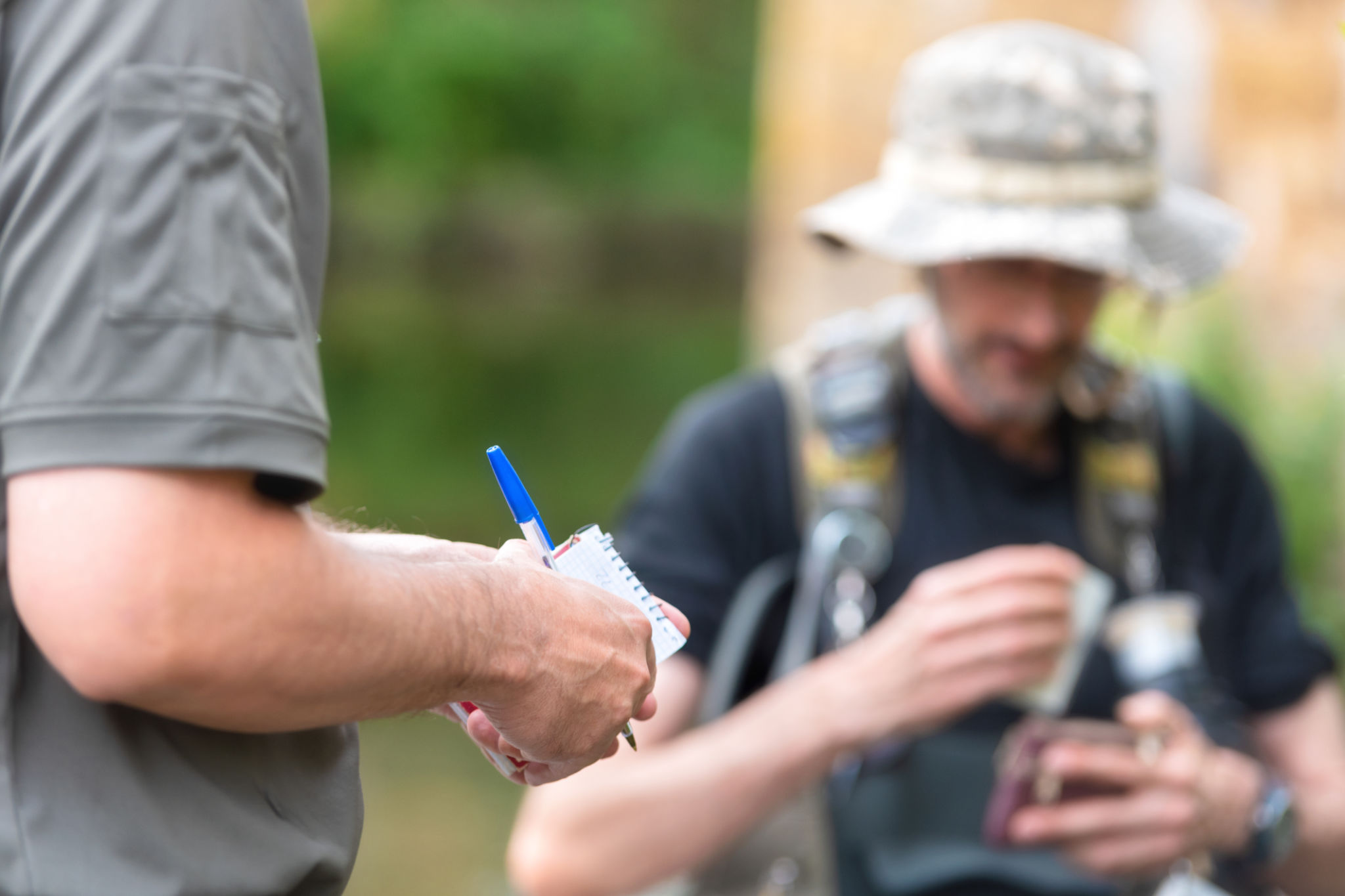Understanding Fishing Regulations: What Every Angler Needs to Know
The Importance of Understanding Fishing Regulations
Fishing is a beloved pastime for many, offering not just relaxation and enjoyment but also a connection to nature. However, to ensure the sustainability of fish populations and the health of aquatic ecosystems, it is crucial for anglers to be aware of and adhere to fishing regulations. These regulations are put in place to protect fish species, maintain ecological balance, and ensure fair access to fishing opportunities for all.

Types of Fishing Regulations
Fishing regulations vary widely depending on the location, species targeted, and time of year. Common types of regulations include:
- Licensing Requirements: Most areas require anglers to have a valid fishing license, which helps fund conservation efforts.
- Catch Limits: These limits control the number of fish an angler can keep, preventing overfishing and ensuring sustainable populations.
- Size Limits: Size restrictions help protect juvenile fish, allowing them to reach maturity and reproduce before being caught.
Seasonal Restrictions
Many regions implement seasonal fishing restrictions to protect fish during their spawning periods. This ensures that fish populations can replenish and thrive. It's essential to check the specific regulations for the area you plan to fish in, as these can change annually based on environmental conditions and fish population assessments.

Protected Species and Areas
Certain species may be protected due to their vulnerable status or ecological importance. Catching or targeting these species is often prohibited. Additionally, some areas may be designated as marine protected areas (MPAs) where fishing activities are restricted or entirely banned to conserve marine life and habitats.
Understanding these protected areas and species is crucial not only for compliance but also for contributing to the conservation efforts that allow future generations to enjoy fishing as we do today.

How to Stay Informed
With regulations often changing, staying informed is key. Here are some tips for keeping up-to-date:
- Check Official Resources: Regularly visit official government websites or local fish and wildlife agencies for the latest regulations.
- Use Digital Tools: Many apps and online platforms offer real-time updates on fishing regulations and conditions.
- Connect with Local Anglers: Joining local fishing clubs or online forums can provide valuable insights and updates from fellow anglers.
The Role of Anglers in Conservation
Following fishing regulations is not just about avoiding fines or penalties; it's about playing a part in conservation efforts. Anglers have a responsibility to help preserve aquatic environments by practicing sustainable fishing methods and respecting wildlife habitats.
By understanding and adhering to fishing regulations, anglers can ensure they have a positive impact on the environment while continuing to enjoy their favorite hobby. This commitment to conservation helps maintain the natural beauty and biodiversity of our waterways for years to come.

